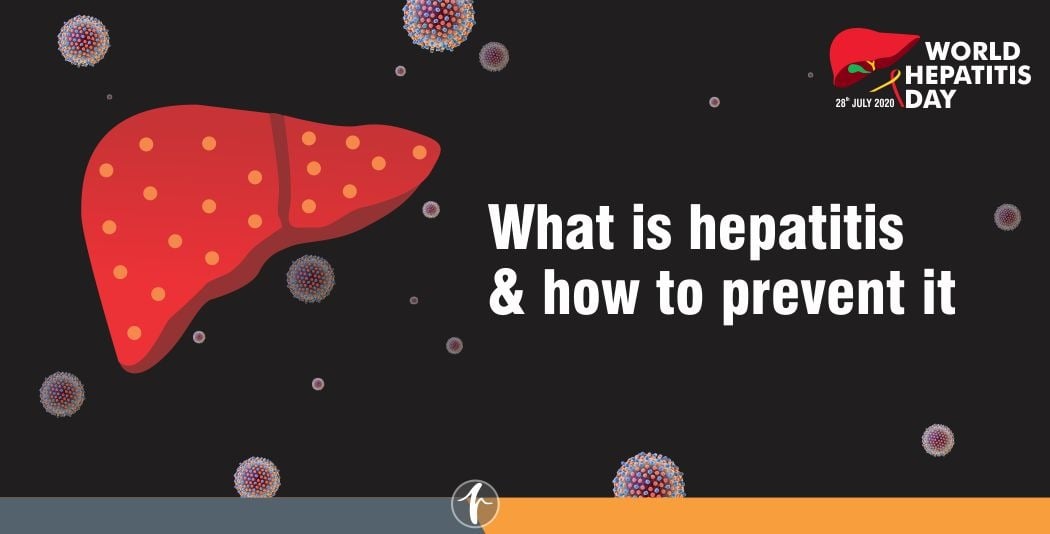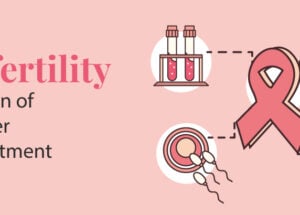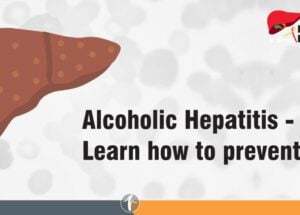What is Anaphylaxis? Symptoms, Causes, and Treatment
March 21, 2025

Anaphylaxis is a severe and potentially fatal allergic reaction that occurs rapidly. It is triggered by exposure to specific allergens, such as certain foods, medications, insect stings, or latex. In response, the immune system overreacts, releasing chemicals like histamines that lower blood pressure and constrict the airways. This reaction leads to symptoms such as shortness of breath, an irregular heart rate (fast or slow), skin issues like rashes or swelling, and gastrointestinal problems like nausea and vomiting. Immediate medical intervention is crucial to prevent life-threatening complications or severe health effects.
Causes
- Allergens: This reaction occurs due to exposure to allergens, such as foods, insect stings, medicines, or latex.
- Immunological Sensitivity: People with an exaggerated immune response, especially those with a tendency towards allergies and asthma, are more likely to experience anaphylaxis.
- Cross-Reactivity: When the body’s immune system starts treating a harmless substance as the enemy, it is termed a cross-reaction. For instance, this happens with food allergies, where the protein in one food is similar to that in another, inducing allergic reactions.
- Previous History: An individual who has suffered an anaphylactic response from an earlier allergen encounter is at risk of experiencing more vigorous reactions if exposed to the same antigen again.
- Genetic Predisposition: Some people are naturally more prone to developing anaphylaxis than others, and genetics could also be one contributing factor.
This entails understanding the triggers, which form the basis for the effective prevention and control of anaphylactic reactions. Individuals at risk of asthma should know what can provoke asthma symptoms and how to prevent them.
Stages
Anaphylaxis occurs suddenly and progresses rapidly, often without warning. However, mild signs like hives or flushed skin may appear beforehand. Healthcare professionals commonly classify anaphylaxis into four stages:
- Stage 1 (Mild Anaphylaxis) – Symptoms include skin redness, itching, hives, or a mild rash.
- Stage 2 (Moderate Anaphylaxis) – The reaction becomes more widespread, with hives spreading and mild swelling in the lips or tongue.
- Stage 3 (Severe Anaphylaxis) – Breathing difficulties, extensive swelling, a weak pulse, and dizziness appear. At this stage, anaphylactic shock occurs.
- Stage 4 (Life-Threatening Anaphylaxis) – The person may lose consciousness, struggle to breathe, and experience dangerously low blood flow to vital organs. Immediate medical intervention is necessary to prevent death.
Symptoms
- Skin Reactions: Skin findings, such as hives, pruritis, erythema, pallor, or oedema (mainly facial or periorbital) are encountered.
- Respiratory Issues: Respiratory signs are usually severe and present as dyspnea, wheezing, cough, or tightness in the chest. Sometimes, it will cause problems such as difficulty breathing and feeling like a lump in the throat (Globus sensation).
- Cardiovascular Changes: A sudden drop in pressure causes dizziness, lightheadedness, or fainting, which leads to anaphylaxis. Another symptom that is observed is a fast or slow pulse. While in an acute condition, cardiac arrest may happen.
- Gastrointestinal Distress: Gastrointestinal symptoms such as abdominal pain, vomiting, diarrhoea, and nausea may occur. These symptoms usually add to the suffering during the entire anaphylactic episode.
- Mental Changes: It is usually severe and can lead to a feeling of “about to die” or anxiety in an individual suffering from anaphylaxis. The person could get confused, feel disoriented, and even experience confusion because of changes in the body.
It is important to note these signs and be quick to see a health professional in case of any suspicion of anaphylaxis. Timely administration of epinephrine and other supportive therapy has been found to greatly enhance the prognosis and decrease grave outcomes. Those at risk of anaphylaxis should also carry an auto-injectable epinephrine and have an emergency action plan at their disposal.
Risk Factors
This is an acute and life-threatening form of allergy that must be treated soon. Although it happens with those individuals, some risk factors make one more likely to experience an anaphylactic reaction. Knowledge about these risk factors is important for early detection and avoidance.
- History of Allergies: Those at risk include people who have a history of sensitivity to certain foods, drugs, insects, and latex. Anaphylaxis results from allergic exacerbations that have been historically associated with moderate to severe reactions.
- Previous Anaphylactic Episode: It is crucial to note that people who suffer from a previous episode of an anaphylactic experience more than once are highly prone to having another attack in the future. Such persons should also remain careful enough not to trigger another attack and have a ready emergency plan.
- Asthma: People with comorbid asthma, especially uncontrolled asthma, are at greater risk of experiencing anaphylaxis. Anaphylaxis may occur due to an overlap in asthma and allergy, as some of the triggers may cause an asthmatic response as well.
- Multiple Allergies: People who have multiple allergies, such as those who are allergic to different types of allergens, are more likely to develop anaphylaxis because they are exposed to a wide range of potential triggers.
- Age and Genetics: Although anaphylaxis may affect people of all ages, it may be more prevalent in children and young adults, most likely due to high levels of allergen exposure. An individual can also be at risk for allergic reactions and anaphylaxis if other members of their family have had similar conditions in the past.
- Underlying Health Conditions: Some medical conditions, such as mastocytosis, a rare condition involving excessive build-up of mast cells in the body, have been known to put some people at an increased risk of developing anaphylaxis. Other factors that may enhance susceptibility include diseases associated with compromised immunity.
- Exposure to Allergens: People may be susceptible to allergens from occupational exposures that involve certain chemicals, latex, or specific food products, increasing their probability of anaphylaxis, especially when they are repeated.
Diagnosis
- Patient History: A detailed patient history is the starting point in diagnosing anaphylaxis. The healthcare provider will ask questions about the patient’s recent contact with possible allergens, earlier incidents of allergy occurrences, and the history of allergies among any family members.
- Clinical Examination: A physical clinical examination is important for assessing the symptoms accompanying anaphylaxis. Upon this, the healthcare provider looks out for some physical markers like skin reactions such as wheezing, hives, flushing, or swelling of different parts, depending on where the allergic substance was injected.
- Allergy Testing: An allergic test that could identify the allergens that cause anaphylaxis would be helpful. The suspected trigger may be identified using skin prick tests, blood tests such as specific IgE, and other specialized tests based on the presumed cause. The tests also establish the presence of particular antibodies against specific allergens in the blood.
- Tryptase Levels: Tryptase is released during anaphylactic reactions and is a sign of mast cell activation. Serum tryptase is measured at specific times after the first symptom presentation. It can give the most support for anaphylaxis diagnosis compared to other diseases with similar symptoms.
- Additional Tests: Some further tests may be required to exclude alternative etiologies or problems. For example, these may comprise CBC, blood chemistry, ECGs, and chest X-rays to examine the effect of anaphylaxis on the body and identify possible complications associated with it.
An early, accurate diagnosis is needed for quick and effective management of anaphylaxis to reduce recurrences and minimize severe events. Working closely with an allergy/immunology specialist is essential for providing an accurate diagnosis and developing a personalized management plan.
Treatment
Management and treatment of anaphylaxis are based on several options, which are supposed to be implemented in a timely manner to neutralize this lethal condition. It is important to act fast so that the worsening of symptoms and death can be prevented. The following steps are typically involved in the treatment and management of anaphylaxis:
- Epinephrine Administration: Epinephrine can be used to treat anaphylaxis in the first place. By the blood vessels, relaxes the muscles of the airways, and decreases hives and swellings. It reverses the symptoms. Health professionals typically require prescriptions for individuals experiencing a high rate of anaphylaxis who are at risk.
- Call for Emergency Medical Assistance: Although giving epinephrine is crucial and necessary, seeking immediate medical attention is just as essential. This reaction occurs quickly, requiring hospitalization for continuous surveillance and subsequent management.
- Maintaining Airway and Breathing: It is crucial to ensure a clear path for airflow in and out of the lungs in the case of the affected. If breathing is compromised, for instance, emergency personnel may provide assistance that includes intubation and breathing tubes.
- Medications for Symptom Relief: For effective relief from allergic reactions with swelling or infiltrations, combining an antihistamine with a corticosteroid is recommended to prevent recurrence. These medications help treat skin peeling, irritation, itching, and swelling, ensuring better symptom management.
- Monitoring and Observation: Tracking the individual’s response to treatment requires monitoring vital signs, such as blood pressure, pulse rate, and blood oxygen saturation. Healthcare providers constantly monitor for any signs of delayed or late-recurring symptoms.
- Prevention of Recurrence: Healthcare providers help patients identify the trigger factors after a bout of anaphylaxis and advise on the best precautions that can be taken to prevent them. Educating on allergen avoidance, carrying emergency medications, and establishing an action plan to counter a possible further allergic reaction
- Follow-Up Care: People suffering from anaphylaxis may come for a check-up on general health and to review management plans and queries. The follow-up provides continued support and enlightens people about their health status and associated therapies for managing such a disorder.
Essentially, the therapy for anaphylactoid shock, including its prompt management, depends on a number of measures taken simultaneously. These range from injecting epinephrine in time, turning to the hospital for aid, and preventing further severe allergic reactions to prevention measures that diminish the probability of further severe allergic reactions. People at risk for anaphylaxis must be alert, informed, and ready to act when faced with a potential trigger.
Frequently Asked Questions
1. Is Anaphylaxis life-threatening?
Yes, Anaphylaxis is a severe and potentially fatal allergic reaction that demands immediate medical attention. Without swift treatment, it can become life-threatening.
2. Can I die in my sleep from Anaphylaxis?
Although uncommon, a severe anaphylactic reaction can cause you to die in your sleep.






